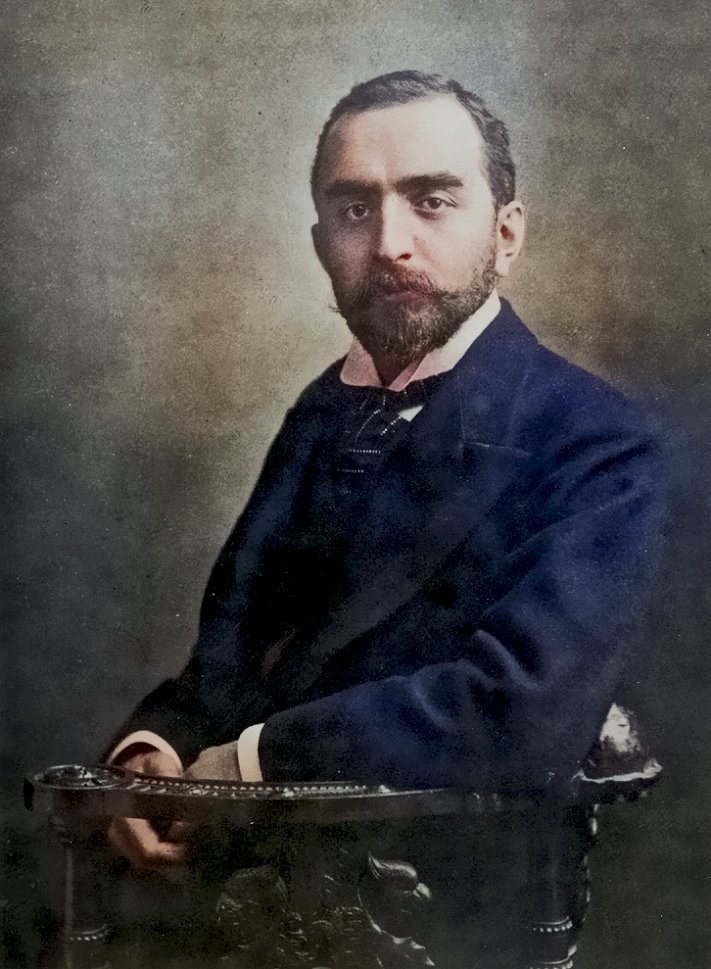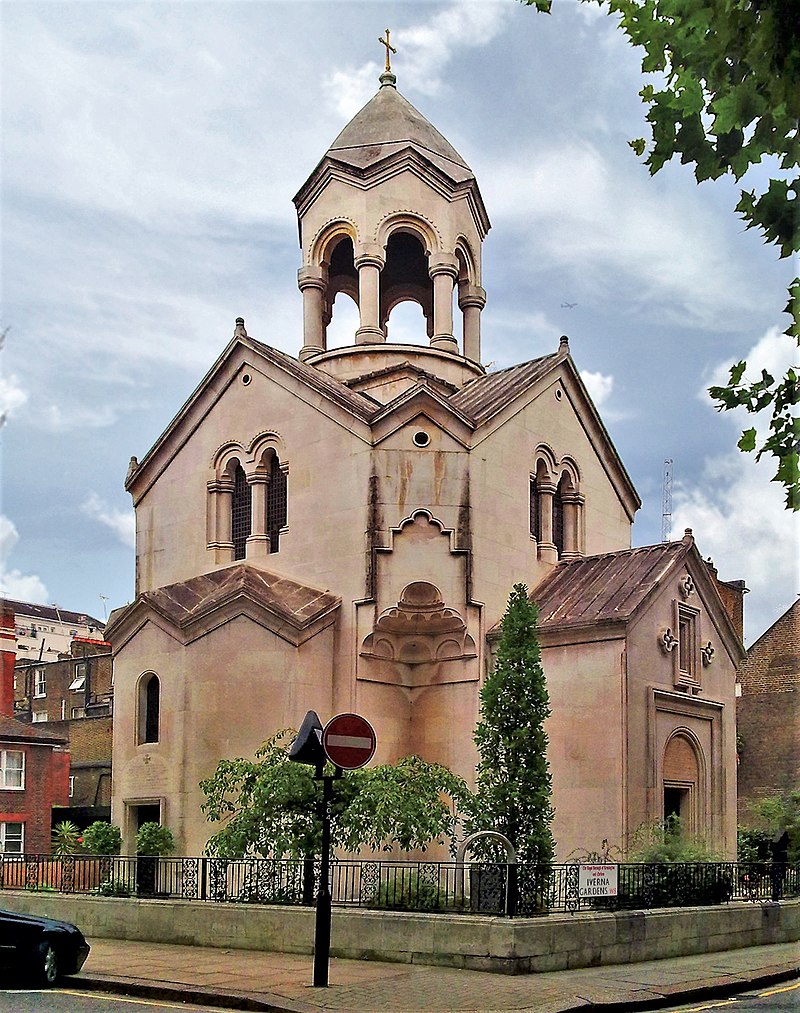
#OTD 21 Mar 1747, #Armenia'ns were granted equal rights with the Dutch in #Indonesia, then Dutch East Indies. Most of the Armenians arrived from Isfahan, New Julfa, Amsterdam, Calcutta, Madras. They established well-known commercial houses engaged in trade with overseas markets. 

Armenian merchants from Amsterdam went to Southeast Asia in the 19th century to trade, and to set up factories & plantations. Armenian merchants settled in parts of Java, as did Armenians moving east from the Persian Empire, establishing a community of Armenians in Java. 

The dispersion of the Armenians over Southeast Asia took place almost simultaneously with the expansion of the English East India Company & Dutch East India Co. In all the main cities where these prominent commercial corporations established agents, Armenians were represented too 



The Armenians were successful planters, ship-owners and merchants and amassed large fortunes. One merchant, Hovsep Amirkhanian, was so wealthy that in 1830 he made an offer to the Russian emperor to purchase or rent the region of Artsakh (Karabakh) & the city of Baku, Azerbaijan. 

Wealthy benefactor Jacob Arathoon paid for a church to be built in Batavia in 1831 and in 1855 this was replaced by the Church of St. John paid for by Gevorg Manook. It was demolished in 1961. In 1927 St. George’s Armenian Church was established in Surabaya. #History 

In WWII, Japanese interned those Armenians who were naturalised Dutch subjects: those with Persian citizenship were exempt.Some died of hunger & disease. After the war,others were killed when Indonesians fought for independence. Most Armenians moved to Netherlands, USA, Australia 



• • •
Missing some Tweet in this thread? You can try to
force a refresh

















